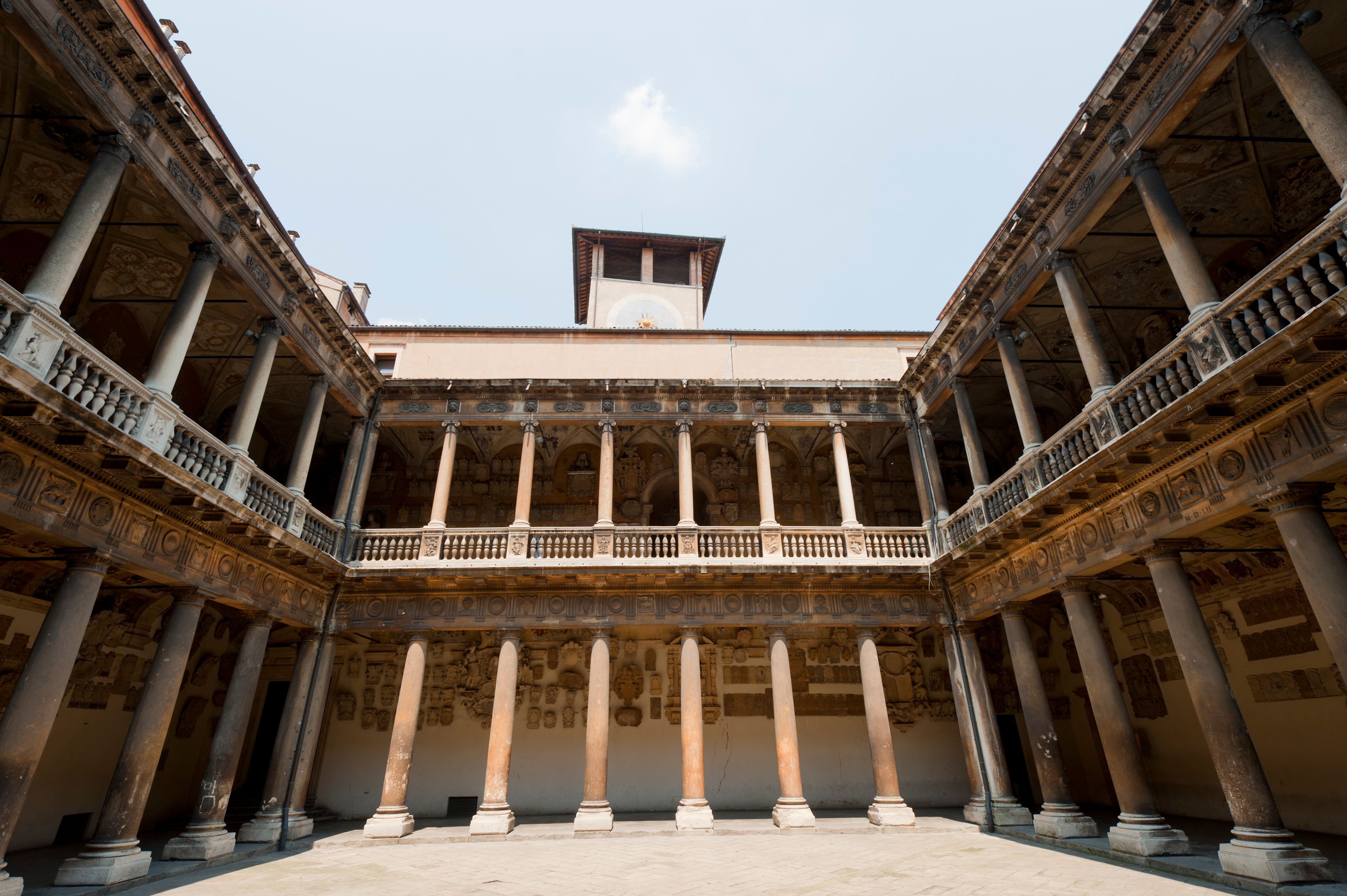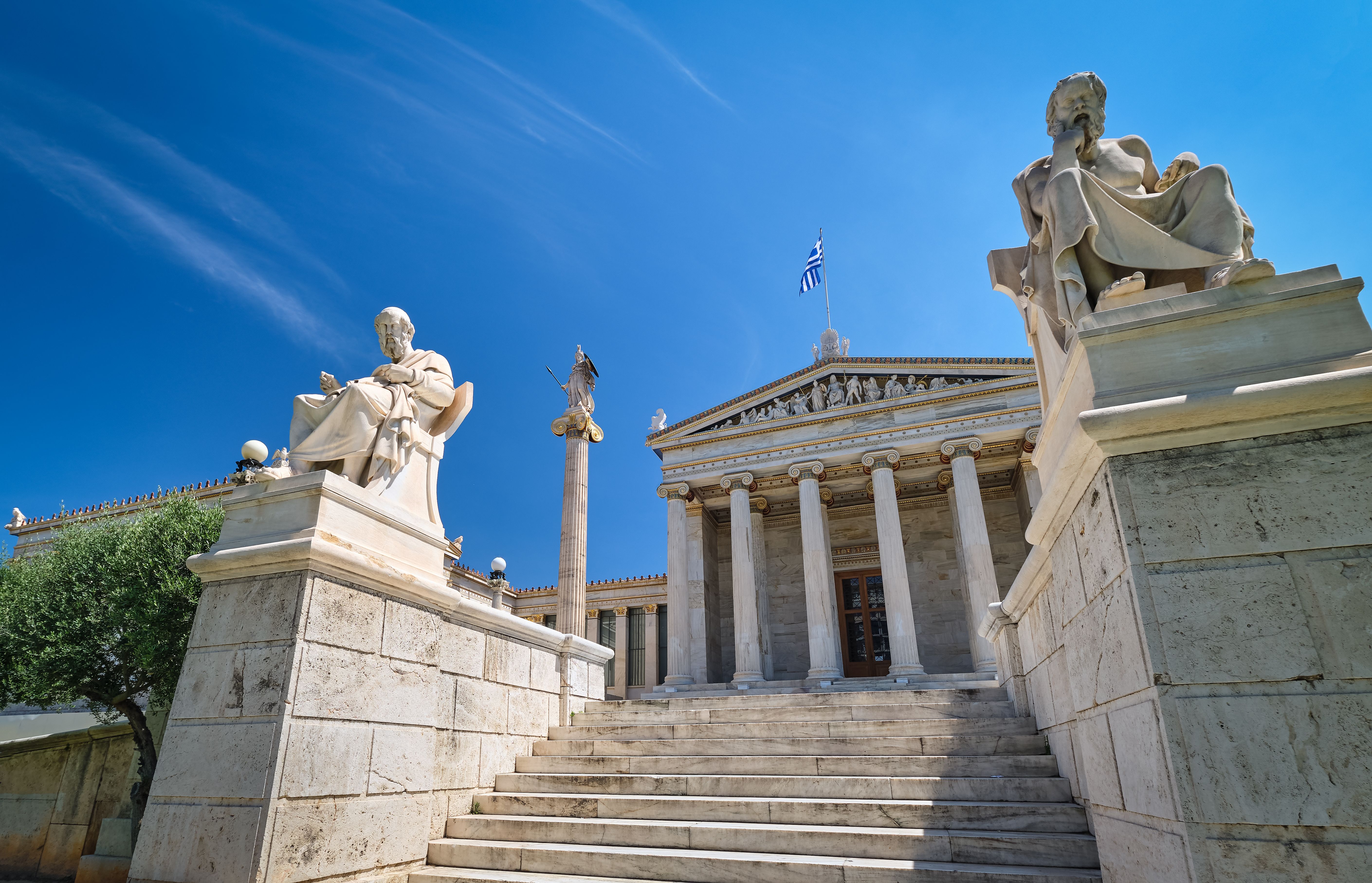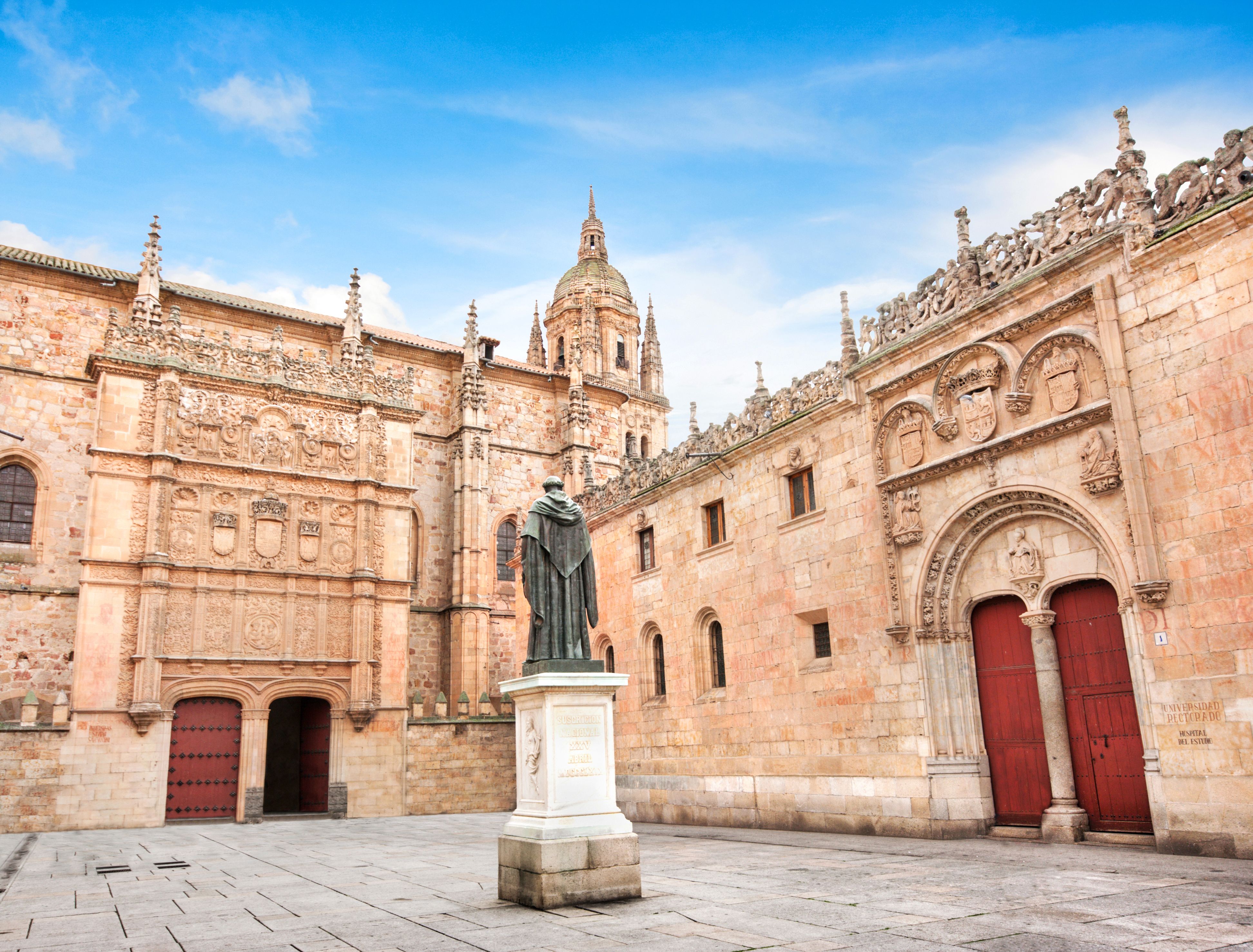The Origins of Higher Education: The World's First Universities
RR
The Early Foundations of Higher Education
The concept of higher education as we know it today has its roots deeply embedded in ancient civilizations. The origins can be traced back to institutions that emerged as centers for learning and scholarship. These institutions laid the groundwork for what would eventually evolve into modern universities. Understanding their beginnings offers insight into how education has shaped societies globally.

The University of al-Qarawiyyin
Founded in 859 AD in Fez, Morocco, the University of al-Qarawiyyin is often regarded as the world's oldest existing, continually operating higher educational institution. Established by Fatima al-Fihri, it initially served as a mosque and later expanded to include a comprehensive curriculum covering religious studies, mathematics, music, medicine, and astronomy. This institution became a significant scholarly hub in the Muslim world.
The Influence of Ancient Greece
Ancient Greece played a pivotal role in shaping higher education. Philosophical schools, such as Plato's Academy and Aristotle's Lyceum, were among the earliest forms of organized education systems. These schools focused on subjects like philosophy, mathematics, and sciences, emphasizing critical thinking and debate. The influence of Greek philosophical thought continues to be felt in modern educational frameworks.

The Rise of Medieval Universities
During the medieval period, Europe witnessed the rise of universities that are still renowned today. The University of Bologna in Italy, established in 1088, is often cited as the first university in Western Europe. It was a center for legal studies and attracted students from across the continent. Other notable medieval universities include the University of Paris and Oxford University, both of which became centers for theological and philosophical learning.
Curriculum and Structure
The curriculum during medieval times was heavily influenced by the trivium (grammar, rhetoric, and logic) and the quadrivium (arithmetic, geometry, music, and astronomy). These subjects formed the basis of what was known as a liberal arts education. Universities were characterized by their guild-like structure where students and teachers organized themselves into faculties and colleges.

Universities as Catalysts for Change
As universities developed over the centuries, they evolved into more than just centers of learning. They became catalysts for intellectual progress and societal change. The Renaissance period saw universities embracing humanism and expanding their curricula beyond religious studies to include literature and sciences. This shift played a crucial role in fostering innovation and enlightenment.
Global Influence and Expansion
The model of higher education spread globally during the colonial period as European powers established universities across Asia, Africa, and the Americas. These institutions adapted to local cultures while introducing Western educational practices. Today, universities worldwide continue to serve as melting pots of ideas, cultures, and knowledge.
The journey of higher education from its ancient origins to modern-day institutions reflects its enduring importance in society. By understanding its history, we gain a deeper appreciation for the transformative power of education and its role in shaping our world.